From June 30 to July 9, the “Imprint Harbin.City Trace-Architectural Design Camp” International Summer School at Harbin Institute of Technology (HIT) was held successfully. This program included master lectures, collaborative design workshops, and urban historical tours. It attracted a total of 68 students from both domestic and international universities, such as Shanghai Jiao Tong University, Zhejiang University, Bauman Moscow State Technical University, National University of Science and Technology MISIS, and Yonsei University.
Lectures
From July 2 to July 4, Professor Jian Kang from the Bartlett School of Architecture at University College London gave a series of specialized lectures. The lectures covered topics such as integrating research and design, interdisciplinary research methods, and soundscape design. Students obtained valuable insights from these lectures and expressed their sincere appreciation for the content.
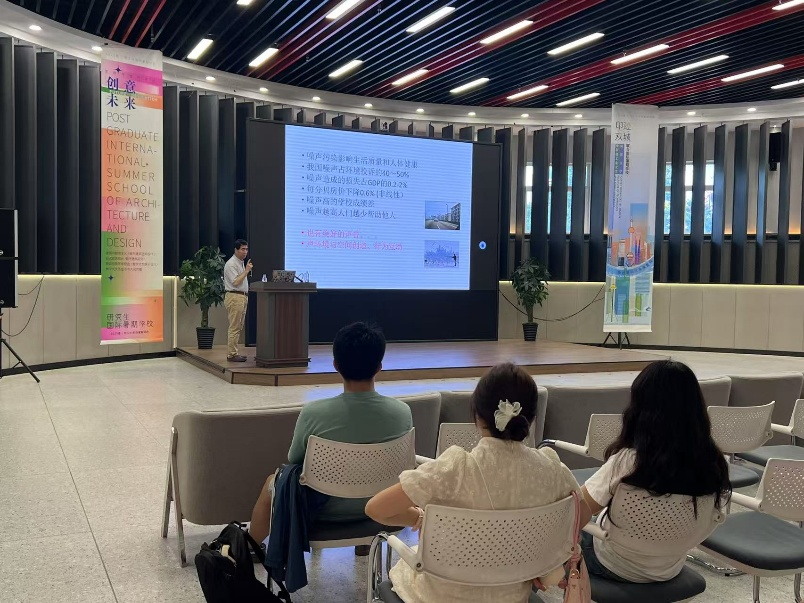
Design Workshop
Since the opening on June 30, four joint design groups made significant progress under the guidance of their instructors. The groups were as follows:
ü “Dream House Design in AI,” led by SDT’s Professor Shouheng Chen and HIT’s Professor Ge Yu.
ü “Bio-Inspired Architectural Facades and Sustainability,” led by Professor Jialiang Wang from Pennsylvania State University and HIT’s Professor Ying Liu.
ü “Generative AI x Chinese Baroque,” led by Professor Romesh Goonewardene from Curtin University and HIT’s Professor Yang Ye.
ü “Microclimate Palette: A Breathing Pocket Park Renovation Plan,” led by Professor Junmin Xie from Macau City University and HIT’s Professor Yu Dong.
The workshops concluded successfully with presentations showcasing the students’ innovative designs.
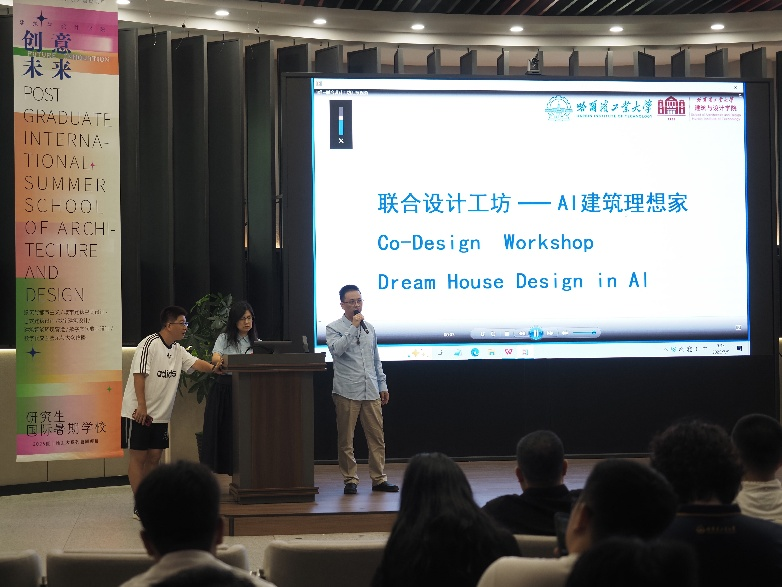
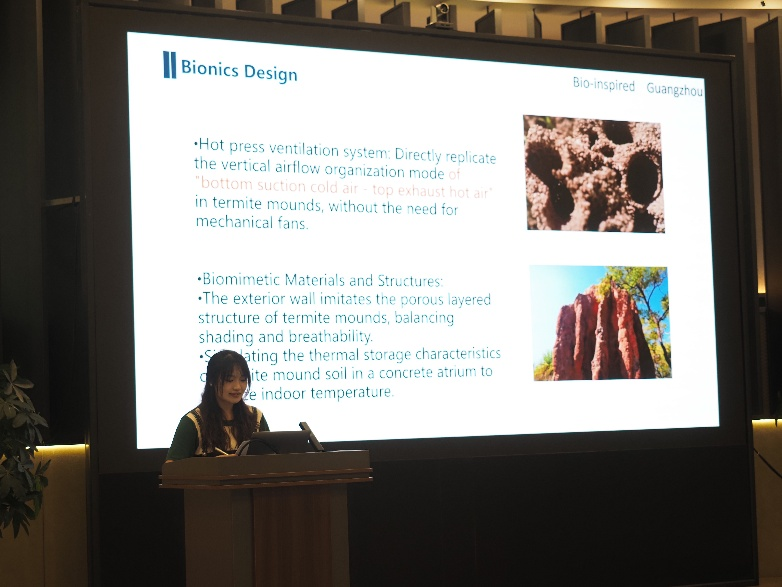
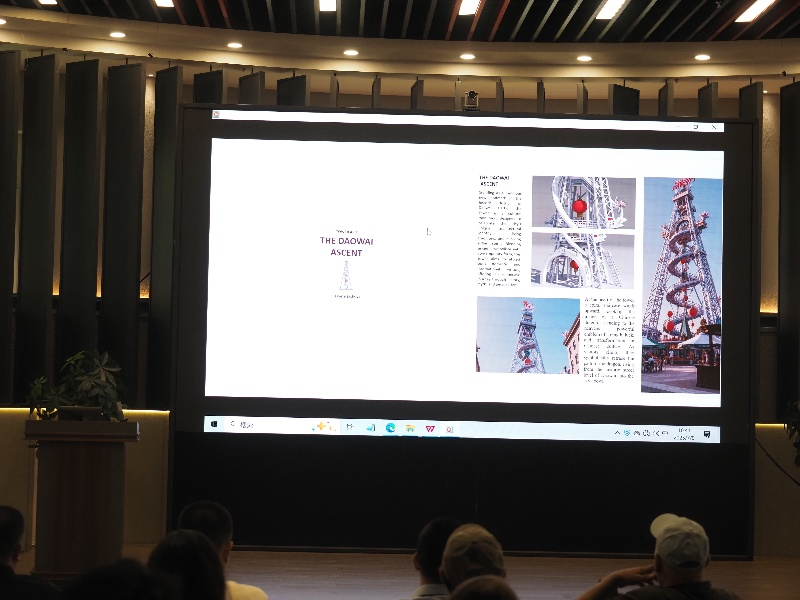
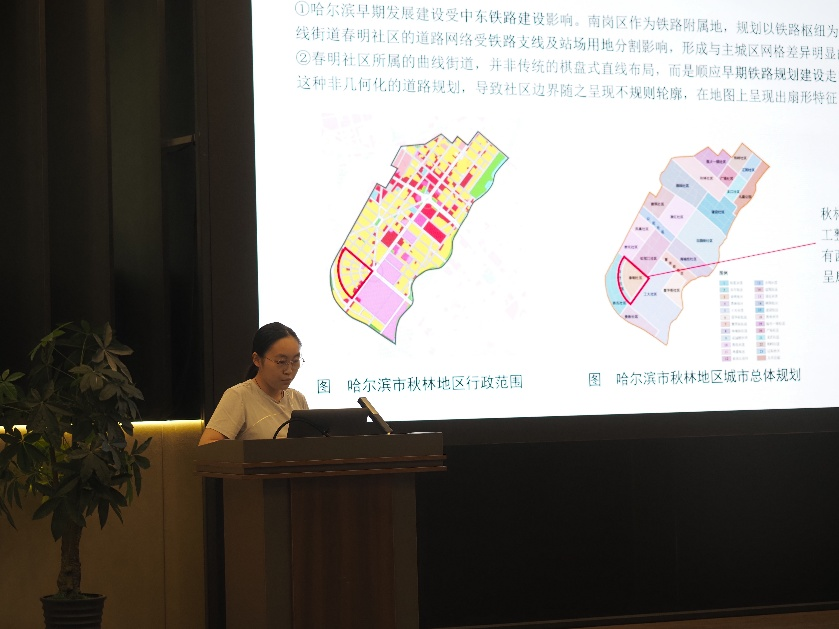
Urban Exploration
On July 6, faculty and students from the participating institutions paid a visit to key landmarks in Harbin. These landmarks included the Harbin Grand Theater, Qunli Music Park, the Chinese Baroque Historic District, and Central Street. During the visit, they got to experience the unique summer charm of Harbin, which is known as the “Ice City” in northern China.

Closing Remarks
The “Imprints of Harbin · Urban Exploration” International Summer School delved into innovative approaches to architectural design with the application of new technologies. Participants not only indulged in a vast amount of knowledge but also sharpened their professional skills and expanded their global outlooks through interactions with well-known professors from top international universities. By exploring Harbin’s historic districts, they were able to feel the architectural charm of this northern city.
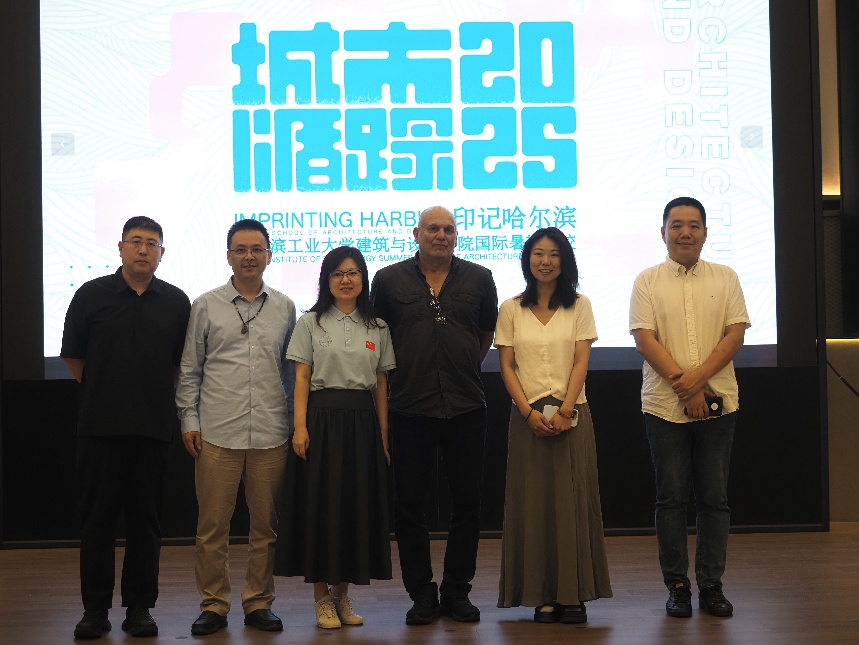
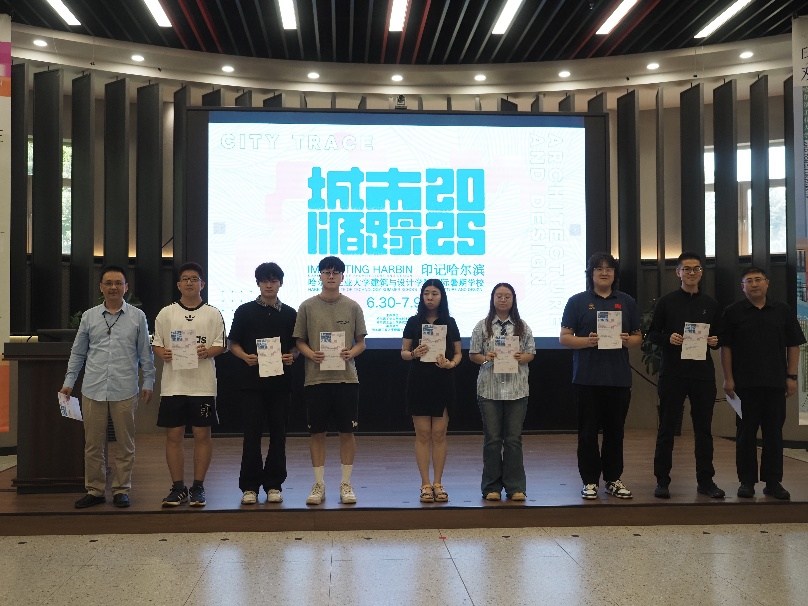
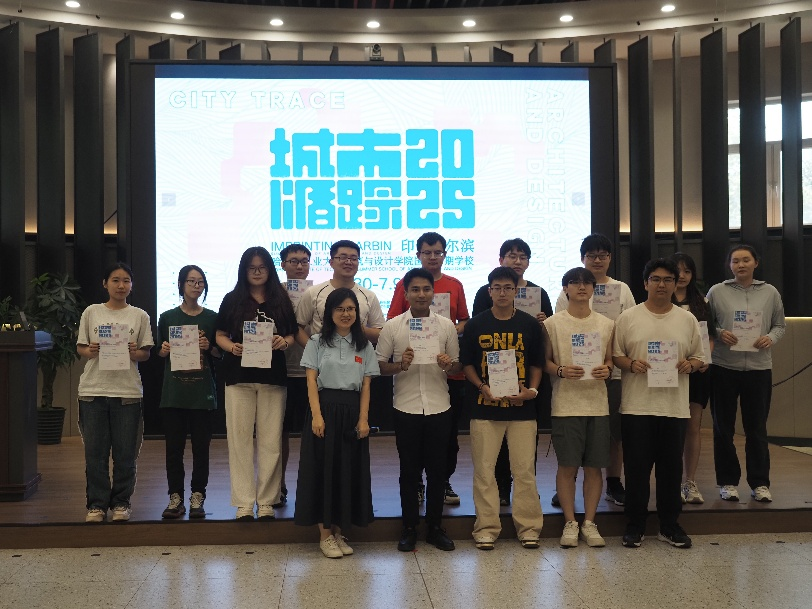
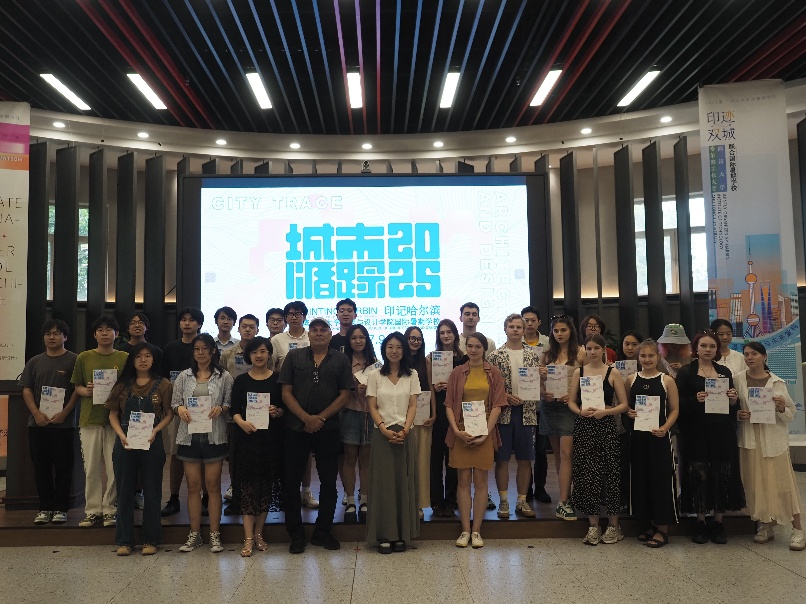
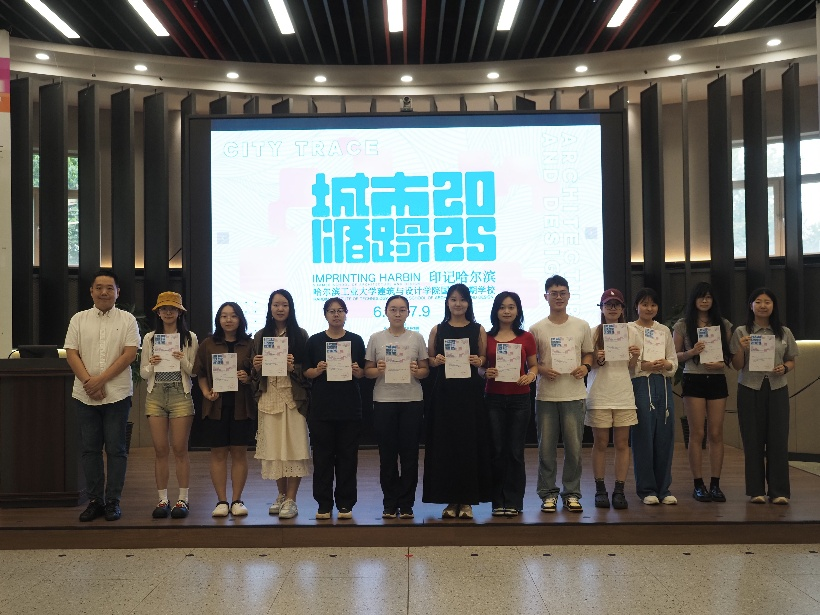
责任编辑:
审核:吴婉琼


